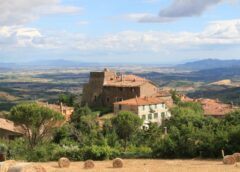By Andrea Giacomelli @pibinko
Tuscany is renowned worldwide for its unique combination of enticing features, such as landscapes, monuments, food, art, and traditions. A lot of Italy is like this, but Tuscany probably stands out for its Renaissance legacy. However, in terms of Tuscan tourist destinations, the majority of visitors end up seeing a relatively limited range of sites, with a significant part of the region remaining somewhat off the radar.
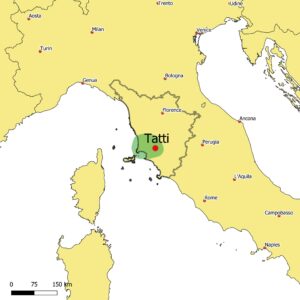

A place whose historical identity is known to very few is the Metalliferous Hills, some one hundred kilometers southwest of Florence. Many people are unaware not only that this part of Tuscany dates back to pre-Roman times but also that until the late 1960s it was one of the major mining regions in Europe and currently hosts one of the main geothermal power districts in the world.
It is not uncommon for residents of such areas to own small collections of minerals and rocks, typically assembled by previous generations in the family. It is also frequently the case that people do not share their predecessors’ passion for minerals, and even if they do, they lack the expertise to identify each sample. The result is sets of boxes thrown in a corner, needlessly taking up space.
For example, I live in Tatti, a hamlet close to the former mining boomtown of Ribolla and not far from Massa Marittima, the medieval capital of the area. In my house, I have three large boxes of rocks collected at least forty years ago by my Uncle Enzo.
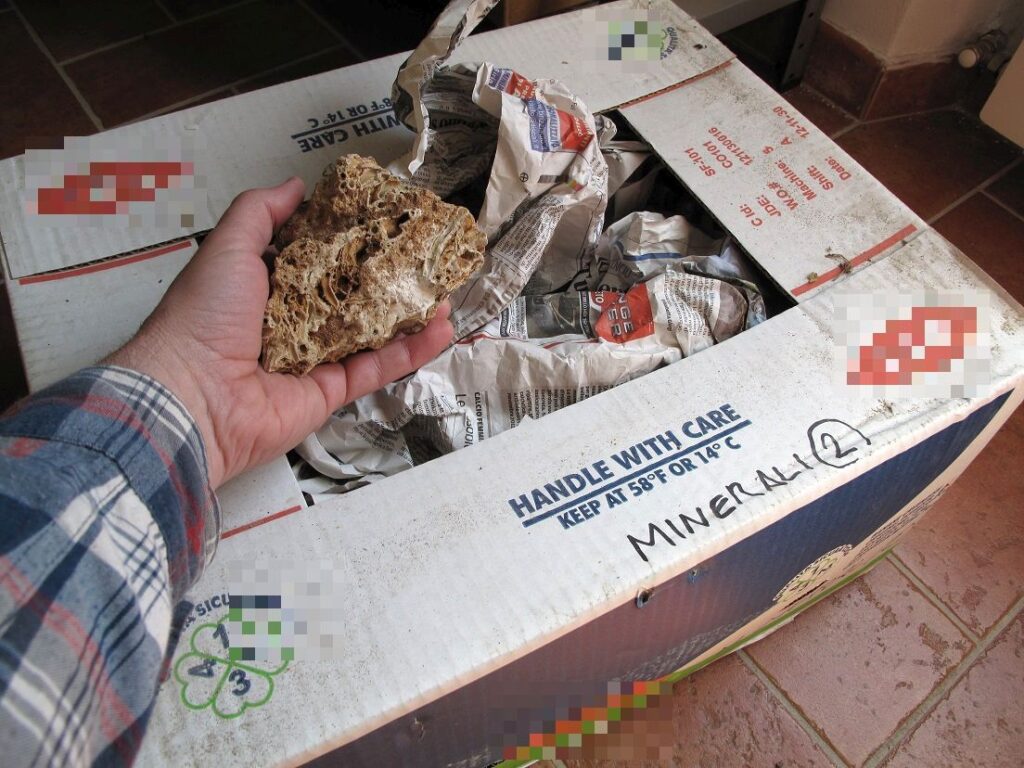

When explaining to other villagers that I was in the process of making sense of my “family rock pile,” I learned that others have similar collections and may be interested in learning what they are made up of. But, and it’s a big but in this context, we have no resident geologists to help us with the identification process.
Between a rock and a hard phase
In this period of confinement imposed on many due to the COVID-19 crisis, we decided to launch an exercise called participatory lithology. The underlying motivations were to tidy up our collections, engage people at home through a constructive and concerted online activity, and provide our audience with miscellaneous information on our region while suggesting ways to make better use of the collections after the lithology exercise is over.
Lithology: Describing the physical and visual characteristics of a rock.
This format is not new to our team. Since 2007 we have been working internationally on a diverse range of similar activities related to culture, environment, and open innovation, using various facilitating media, out of which music remains our preferred one. We have even formed the Metalliferous Hills Jug Band, launched in 2018, in which we use live performances, thematic playlists, and more music-related ideas to set the mood for our initiatives.
Rolling out the lithology exercise
We started off with activities that we designed in the weeks before the COVID-19 emergency. We adjusted the activities to meet the needs of our lithology project and kicked off a brainstorming and casting exercise on March 15. In just a few days, we identified an initial set of resources: five mineral collections in Tatti, four chartered geologists scattered around Italy, and an opening playlist of songs mentioning rocks or stones, two in Italian and two in English.
On March 21, we launched the project in a public pilot phase, and we are now in full swing. The collection owners are taking shots of their minerals, following the instructions given by two professional photographers who live in the village; the geologists are starting to examine the samples, drawing on their expertise in lithology; and musicians and music fans are proposing songs.
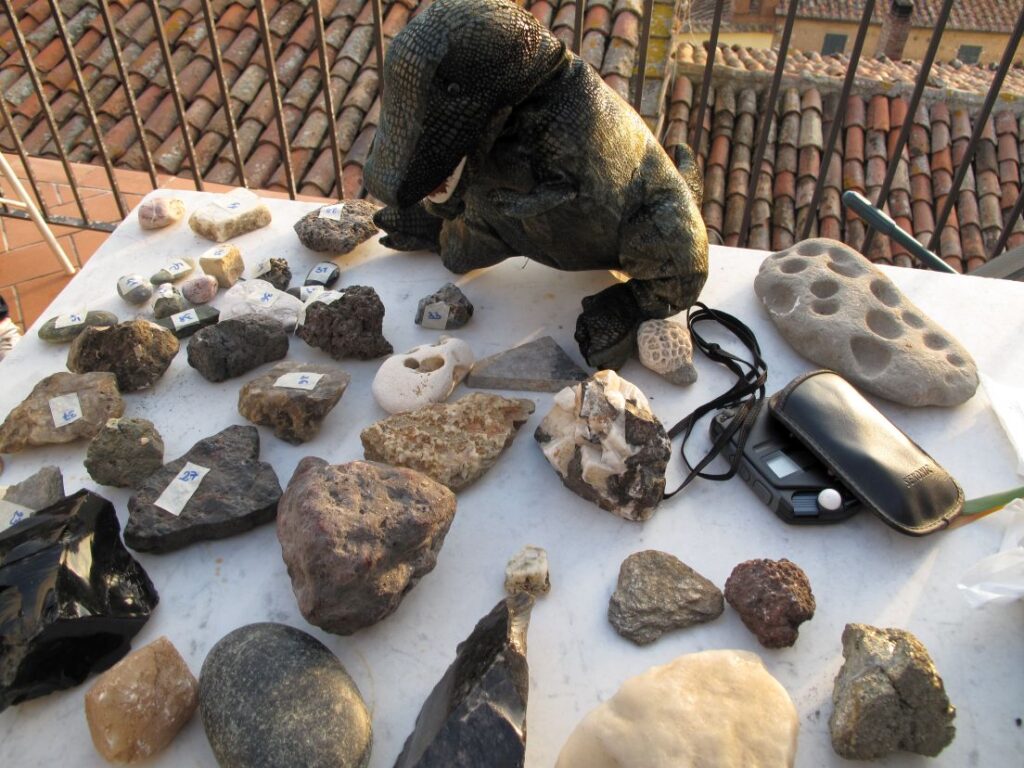

We wanna rock too. How can we participate?
It is possible to join the lithology project in one of four roles: a collector, classifier, musical entertainer, and—last but not least—sponsor. Detailed information about each role and expected results can be found on the project’s main page.
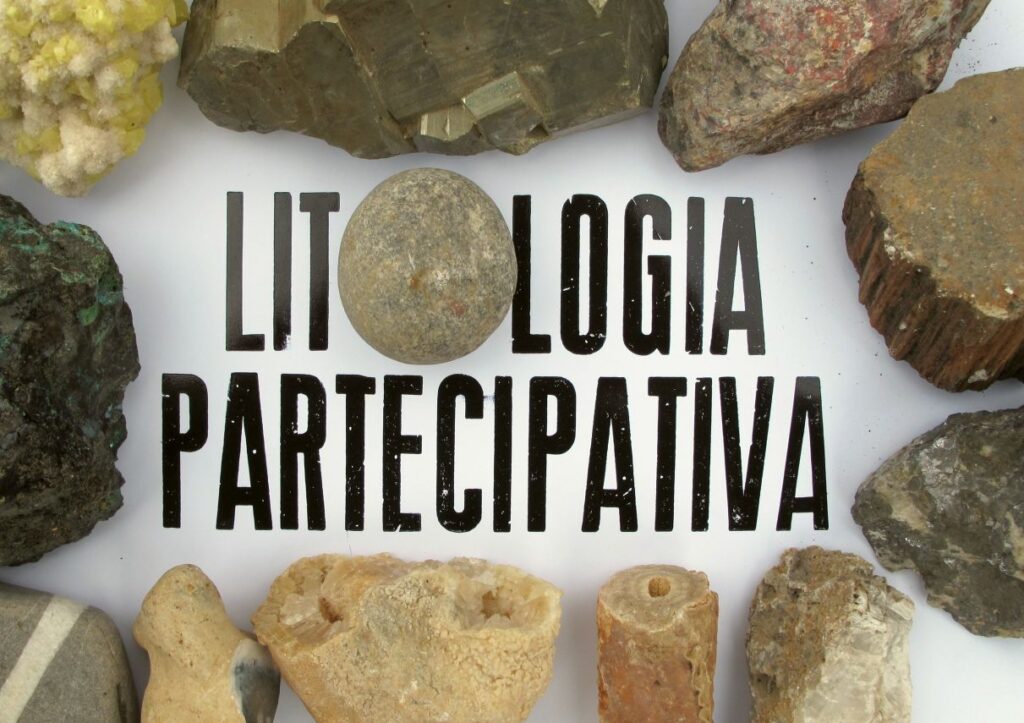

Even though we know there are a lot of family collections in our area and would be satisfied with running the exercise solely in Tuscany’s Metalliferous Hills, we can easily turn this local project into a global one. And so, collection owners from other regions of the world are welcome to join in, as are classifiers, musicians, and sponsors. If you are interested in taking part in or supporting our little participatory lithology exercise, check out the project presentation on our website and contact the project team at [email protected].
Featured photo of Tatti by Martina Busonero
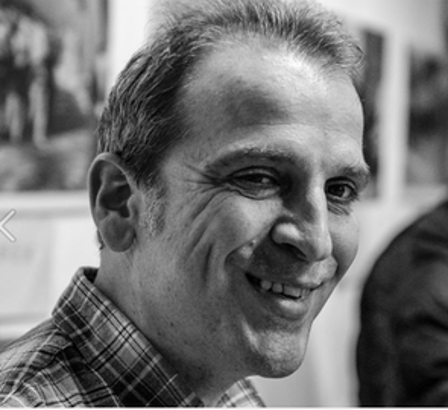

About the Author
Andrea Giacomelli is a freelancer with over 25 years of international experience in the fields of environmental engineering, land planning, and geographic information systems, who in 2007 decided to trigger a series of interdisciplinary initiatives for the protection and promotion of lesser-known assets in the fields of culture, environment, and open innovation. The integration of participatory methods and live music is one of his key areas of work. He is based in southern Tuscany. See more of Andrea’s work at http://www.pibinko.org.

